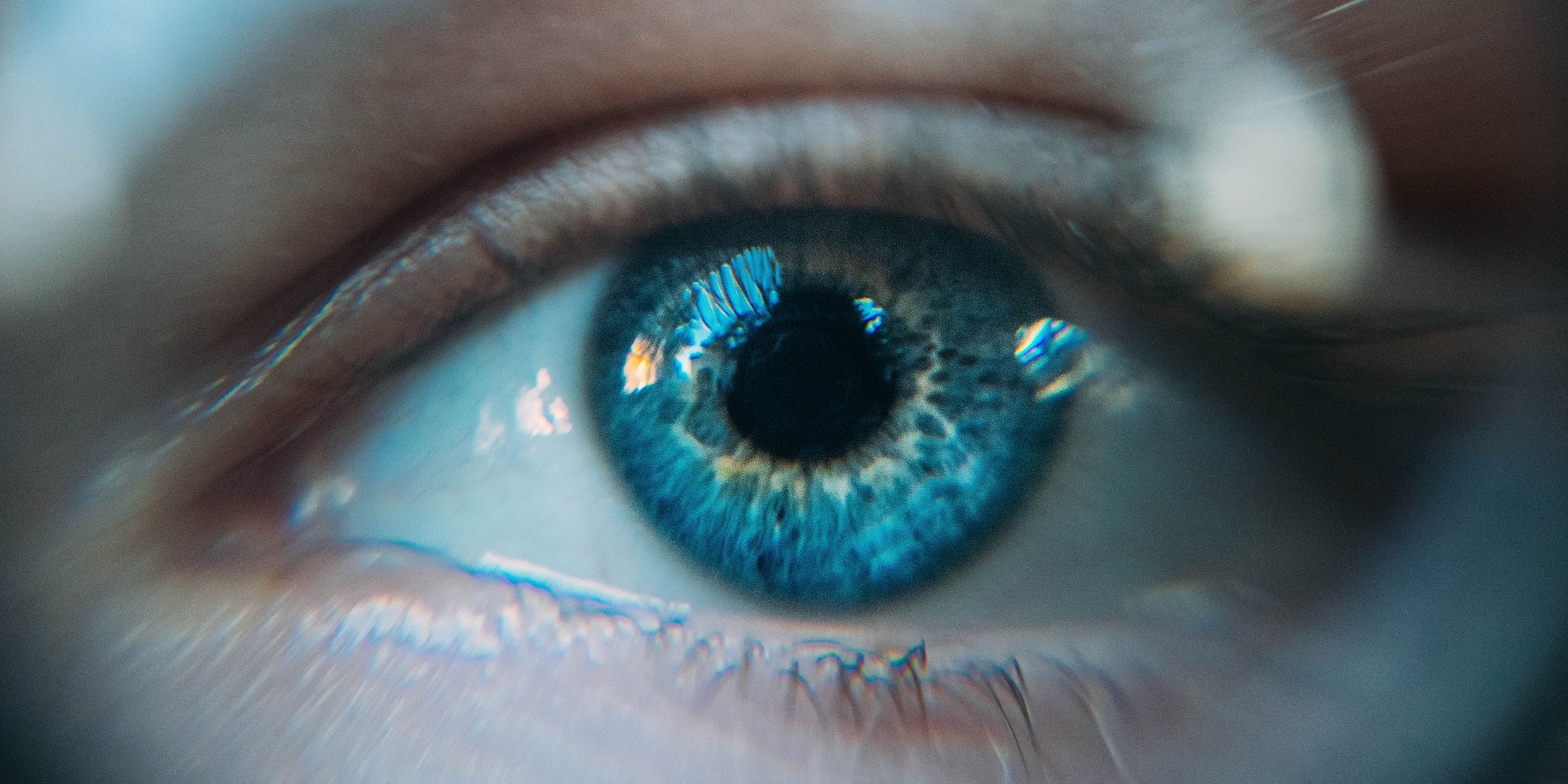Originally published 13 June 1994
The human eye is dear to Creationists.
It is so exquisitely suited for its purpose — to provide sharp visual images of the outside world to the brain — that no sequence of random variations acting over time would seem sufficient for its design.
Michael Pitman, a Creationist writer, says: “That such an instrument should undergo a succession of blind but lucky accidents which by necessity led to perfect sight is as credible as if all the letters of the Origin of Species, being placed in a box, shaken and poured out, should at last come together in the order in which they occur in that diverting work.”
Like other Creationists, Pitman wonders how natural selection could have favored anything less than the present organ. “The eye must be perfect or near perfect,” he writes. “Otherwise, it is useless.”
My own eyes are far from perfect; without glasses I could not read Pitman’s diverting book. Nevertheless, my farsighted eyes are far from useless. Even the ability to vaguely perceive light and dark would be welcome.
The one-celled marine organism Euglena has an eyespot containing a few specks of pigment by which it orients itself towards light, which it uses to manufacture nutrients by photosynthesis. Hardly a perfect eye by human standards, but crucial to Euglena’s survival.
The scallop has dozens of eyespots, each with its own lens and light-sensitive cells. These organs of vision are crude by human standards, but they serve the scallop well as it scoots across the ocean floor. A scallop without eyespots would be at a considerable disadvantage in the struggle for life.
The variety of eyes in nature is astonishing. Virtually every image-forming method used by human technology has been anticipated by nature — lenses, mirrors, pinhole cameras, fiber-optic bundles, and supermarket bar-code scanners.
Eyes of one sort or another have independently evolved at least 40 times during the history of life. Creationists are most enamored with the eyes of higher vertebrates. The human eye, with its lids, lashes, adjustable iris, adjustable lens, and 125 million light- sensitive receptors is considered by Creationists to be the crowning touch of Creation.
Another anti-evolutionist writer, I. L. Cohen, concludes of the eye: “The whole system came into being at precisely the same time…It is not possible, under any stretch of the imagination, that all these parts of the optical mechanisms could haphazardly become functional through random mutations.”
Impossible? This is the sort of thinking that biologist Richard Dawkins calls “The Argument from Personal Incredulity”: If it seems impossible to me, it must be impossible.
A study by evolutionists Dan Nilsson and Susanne Pelger in a [1994] issue of Proceedings of the Royal Society suggests that the evolution of the eye by natural selection may be even less difficult that previously estimated by biologists.
Nilsson and Pelger set out to model evolution of the eye with a computer. They started with something akin to an eyespot, a flat patch of light-sensitive cells sandwiched between a transparent protective layer and a layer of dark pigment. They allowed the “eyespot” to deform itself at random, with the requirement that any change be only one percent bigger or smaller than what went before. They also provided for random changes in refractive index of the transparent layer (refraction index is a measure of the speed of light in a medium). The image quality at each step was calculated using elementary optics.
The two researchers made assumptions about heritability and intensity of natural selection based on research with living species in the field, choosing the most conservative numbers in every case. They then set the program running and watched the eye evolve.
Here is Richard Dawkins’ description: “The results were swift and decisive. A trajectory of steadily improving acuity led unhesitatingly from the flat beginning through a shallow cup to a steadily deepening cup. The transparent layer thickened to fill the cup and smoothly curved its outer surface. And then, almost like a conjuring trick, a portion of the transparent filling condensed into a local, spherical subregion of higher refractive index.”
In other words, an eye socket, a curved retina, and a lens appeared on the screen of the computer.
Using the most conservative assumptions about how changes are propagated through offspring, the time taken to evolve a vertebrate eye from a flat patch of light-sensitive skin was 400,000 generations. That’s half-a-million years or so for typical small animals, a mere blink of the eye in geological time.
Charles Darwin himself expressed occasional doubts that natural selection could have produced the eye, even with millions of years to work in. However, as Dawkins suggests, personal incredulity is not a reliable guide to truth. What seemed unlikely in Darwin’s time, has been made to seem quite reasonable by high speed computers.
However, the computer simulation of Nilsson and Pelger, and others like it, will make little difference to Creationists. When one of their arguments is undermined by observation or experiment, they simply move to another, always lodging their “proofs” in the gaps of science.
It is a risky business. Gaps have a way of being filled.



